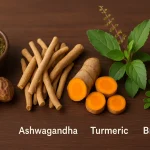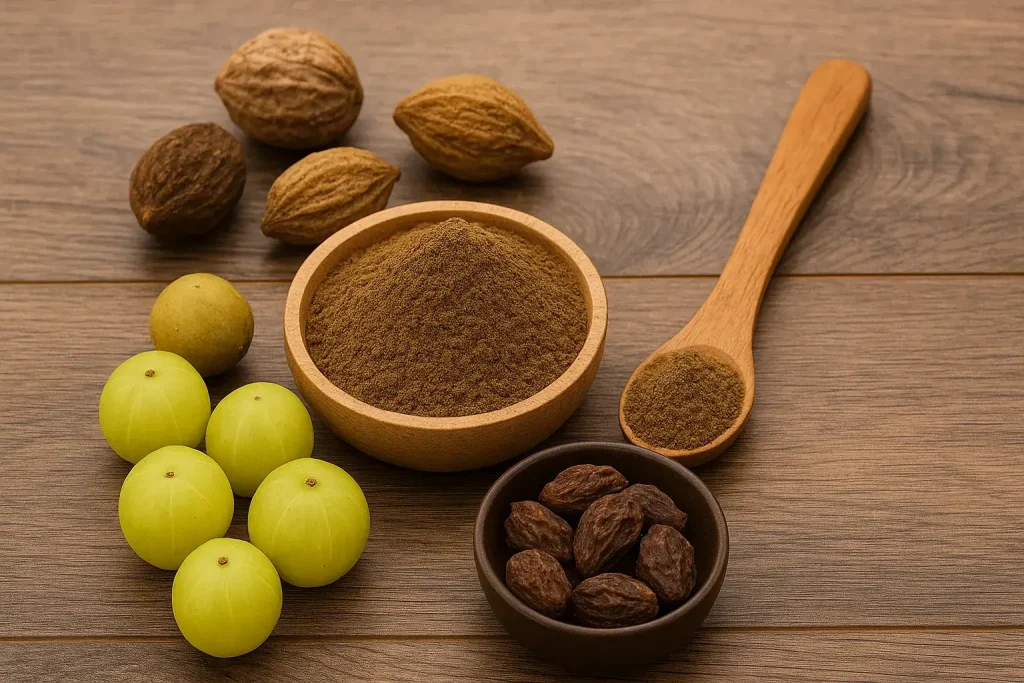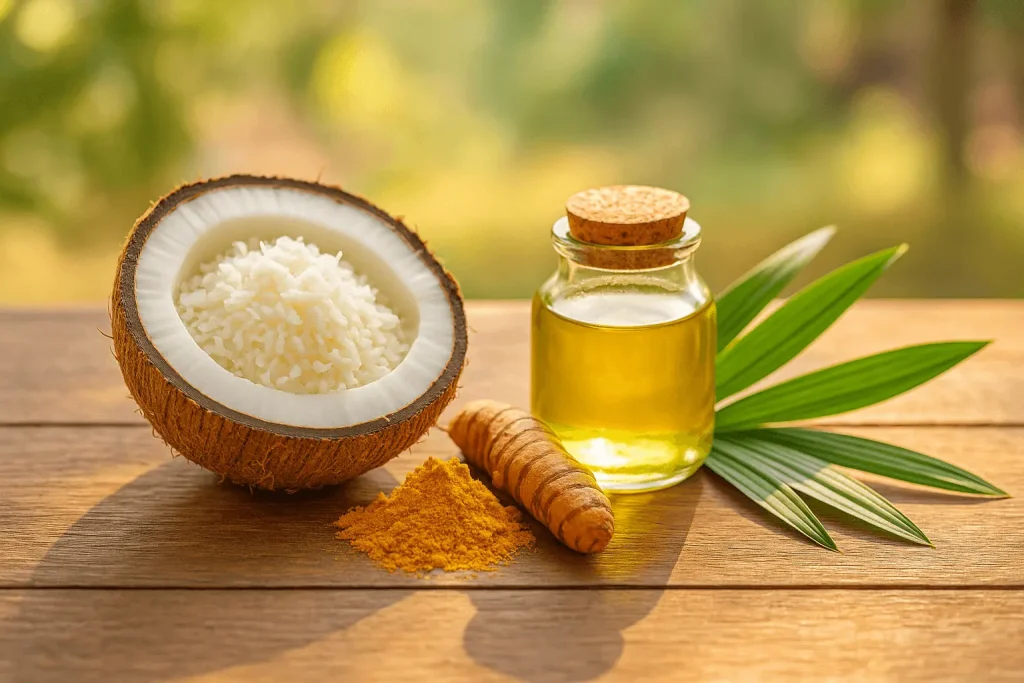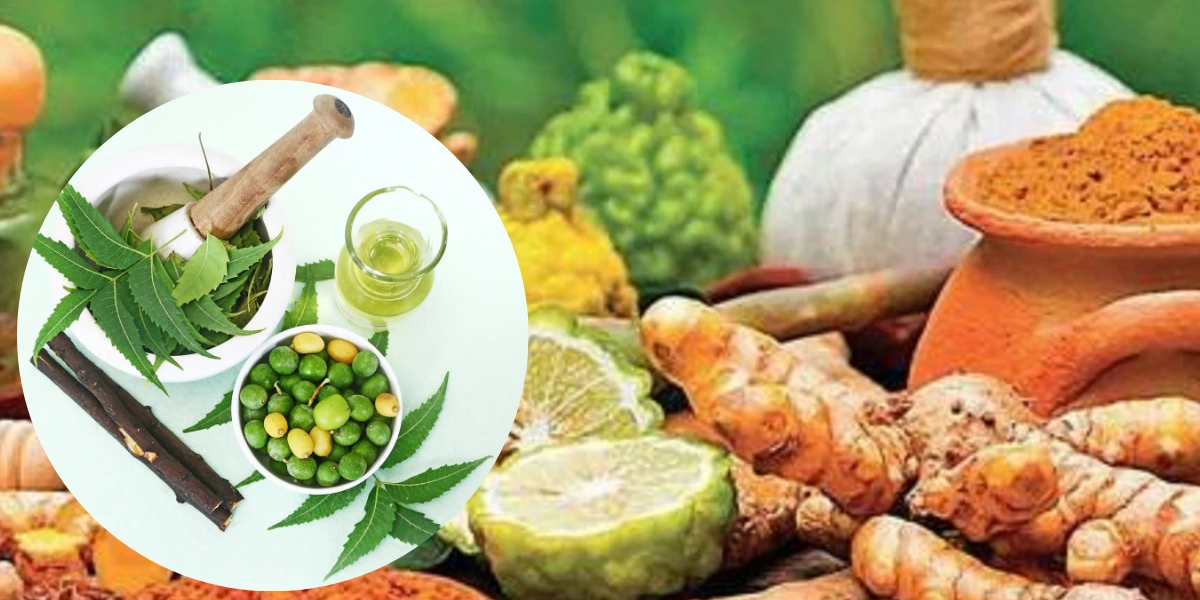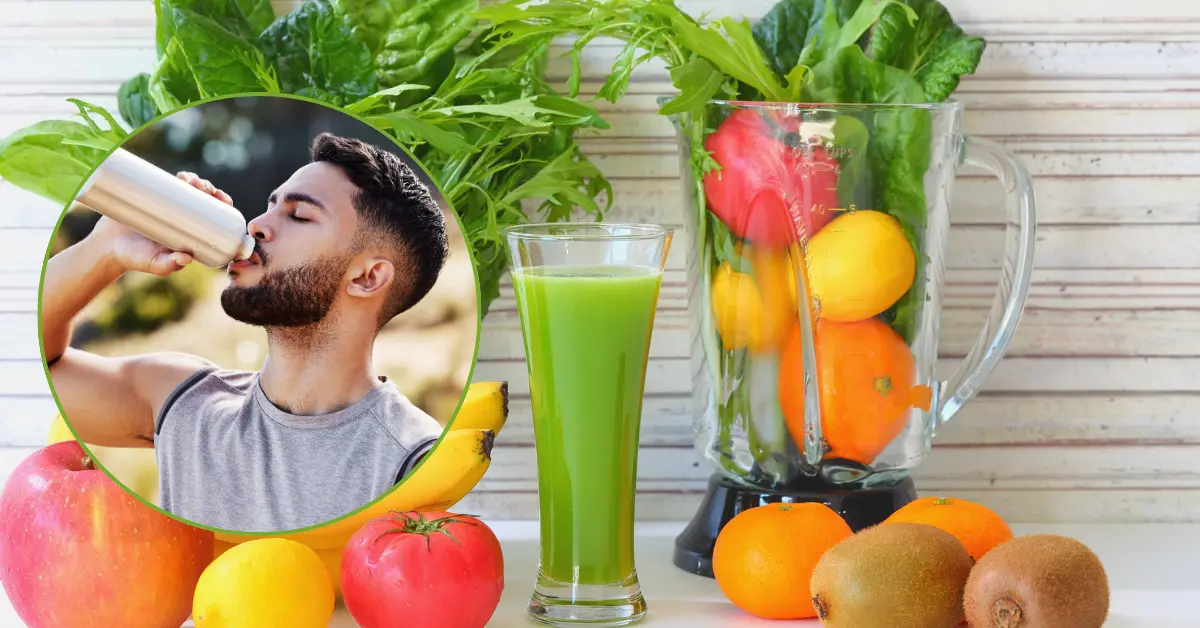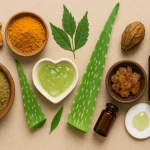Understanding Piles: How Ayurveda Provides a Holistic Solution for Lasting Relief
Have you ever felt a strange itch in your backside after sitting for a long period or trying to go to the bathroom? You are not alone. Piles, which are similar to hemorrhoids, are a common health problem. We have some good news as well. Ayurveda gives a safe, natural, and lasting answer. Let’s take it one step at a time so you understand how to help yourself heal.
What Are Piles, Really?
Picture piles as large blood vessels that appear around your rectum or anus. The waste can sometimes be stored inside and other times it is piled up outside. These conditions may cause pain, itching, and bleeding which are unpleasant but rarely talked about. Why does this happen? Often, it happens when you strain during a bowel movement, sit for a long time, are pregnant, or don’t consume enough fiber.
How Ayurveda Sees Piles
The ancient system of Ayurveda calls this condition Arsha. Ayurveda looks at your digestion, daily routines, and energy levels to understand the real problem.
- Vata imbalance: dryness, constipation, pain
- Pitta imbalance: inflammation, bleeding, burning sensation
- Kapha imbalance: swelling, mucus discharge
Ayurveda doesn’t just cover up the symptoms; it helps your body return to balance.
Common Signs You Might Have Piles
If you’re not sure what you’re experiencing is piles, here are a few red flags:
- Blood after you poop
- Itching or irritation near the anus
- A lump or swelling you can feel
- Discomfort while sitting
- Mucus-like discharge
If you see any of these, it’s time to pay closer attention. If you address it early, it is much easier to get better.
Why Do We Get Piles According to Ayurveda?
Piles, according to Ayurveda, are not only about development. These imbalances cause them to develop. Such situations often result from this:
- If your digestion is not strong, your body fails to break down waste correctly.
- Straining during bowel movements is a usual cause of hemorrhoids.
- A diet high in spicy or oily foods can cause your body to heat up and irritate your tissues.
- Spending a lot of time sitting—Especially on chairs that are not very comfortable, it may cause pain in the rectum.
- Skipping meals or eating meals too late—This can really disturb your digestive system.
Types of Piles in Ayurveda
Ayurveda identifies different kinds of Arsha (piles):
- Vata imbalance: The piles are dry, painful, and black with trouble passing stools.
- Pitta-type: Red, inflamed, bleeding, and painful.
- Kapha-type: Pale, heavy, soft with mucus but not much pain.
- Mixed (Sannipataja): When all three doshas are not balanced, the treatment becomes much more difficult.
The Four Stages of Piles
Yep, piles come in different stages too:
- First-degree: There is swelling inside, but the uterus has not moved outside.
- Second-degree: You can feel a hemorrhoid during bowel movements, but it goes back inside on its own.
- Third-degree: The hemorrhoid is protruding and must be pushed back into position by hand.
- Fourth-degree: It’s always out and very uncomfortable, and you may need surgery.
Ayurveda works for any stage, but it’s easier to treat the disease early.
Modern vs. Ayurvedic Treatment – What’s the Difference?
The normal treatments in the West are creams, painkillers, or surgery. It can ease your symptoms, but it won’t solve the actual cause. Ayurveda has a different approach:
- It helps get rid of toxins from your body.
- Helps to balance your doshas.
- Helps improve your digestive system.
- Ensures the problem doesn’t happen again.
You aren’t just helped in the moment—you maintain your improvement.
Top Ayurvedic Herbs for Piles
Nature provides all the resources we need to heal. Some of the most powerful herbs are:
- Triphala: Helpful for regular bowel movements and removing toxins.
- Haritaki: A mild laxative and aids digestion.
- Neem: Helps calm down inflammation and soothes the skin.
- Kankayan Vati: Helps lessen both swelling and pain.
- Arshoghni Vati: Tackles piles directly.
They’re meant to function differently for different people. You can ask the practitioner to combine different ingredients to make the perfect combo for you.
Simple Home Remedies That Actually Work
You’ll be amazed by the results when you try making these at home:
- Buttermilk, rock salt, and cumin: Helps calm your digestion and cool your body.
- Triphala in a sitz bath: Helps to relieve both inflammation and itching.
- Aloe vera gel: Applied externally, it soothes and helps to heal.
- Sesame-jaggery balls: Help keep your bowels functioning properly.
- Castor oil massage: Makes stools softer and easier to pass.
My advice is to use just a couple of remedies and let them work for some time. Don’t expect quick results from natural healing.
Panchakarma – Ayurveda’s Deep Detox for Piles
If you feel tired, your digestion is slow, and you keep having piles, Panchakarma may help you. Panchakarma is similar to a spa day but works from the inside. It includes detox therapies that remove toxins and soothe your gut:
- Virechana: Helps remove extra Pitta that may cause bleeding piles.
- Basti: Medicated enemas, useful for Vata-type piles, ease bowel movements and lessen pain.
- Oil and steam massage: Improves circulation and reduces inflammation in the rectum.
Don’t worry—these treatments are handled safely and supervised by professionals.
What Should You Eat If You Have Piles? (Your Ayurvedic Diet Plan)
Food is considered medicine in Ayurveda. If you want to tackle your piles from within, start using your kitchen as your medicine cabinet:
Foods that are beneficial for your digestive system:
- Warm, soft-cooked veggies like bottle gourd, pumpkin, and spinach.
- Moong dal and rice with ghee.
- Herbal teas made from cumin, coriander, and fennel.
- Raisins and figs soaked (natural laxatives).
- Psyllium husk (Isabgol) with warm water.
Foods to avoid:
- Spicy, fried, and very salty snacks.
- Red meat, alcohol, coffee, and fizzy drinks.
- White bread, biscuits, and anything with refined flour.
Lifestyle Tweaks That Make a Huge Difference
Most people don’t realize that our daily habits can have a big effect on digestion, and therefore, our piles. Ayurveda believes following natural rhythms benefits your body:
- Wake up before the sun.
- Drink a glass of warm water with lemon or Triphala.
- If you need to poop, don’t wait!
- Go for a 10–15 minute walk after eating.
- Practice Vajrasana to help your digestion.
Yoga Asanas That Really Help with Piles
Your yoga mat can assist you in healing. Regular gentle yoga may ease constipation and lower the pressure in the rectum. Try these important poses:
- Pawanmuktasana: Especially good for gas and bloating.
- Malasana: Helps empty the bowels smoothly.
- Vajrasana: Best done right after eating.
- Sarvangasana: Improves blood flow.
- Kapalbhati and Anulom Vilom: Increase digestion and calm the mind.
Want to Prevent Piles for Good? Here’s How
Prevention is simple, as long as you are aware. Ayurveda teaches easy ways to prevent health problems:
- Have a daily bowel movement that isn’t painful.
- Drink warm water regularly.
- Exercise your body with a short walk.
- Choose natural food over packaged food.
- Deal with stress: Emotional blockage can cause physical blockage.
How Your Mind Affects Your Gut (Yes, Really!)
Ever noticed that your digestion gets upset when you’re stressed or anxious? Ayurveda spoke about the connection between the gut and brain thousands of years ago:
- Meditate daily, even for just 5 minutes.
- Listen to peaceful music.
- Try Pranayama (breathing exercises).
- Have a cup of Brahmi or Ashwagandha tea before bed.
When your mind is peaceful, your digestion is better, and you don’t have to worry about piles.
